The Ants of Central and North Europe
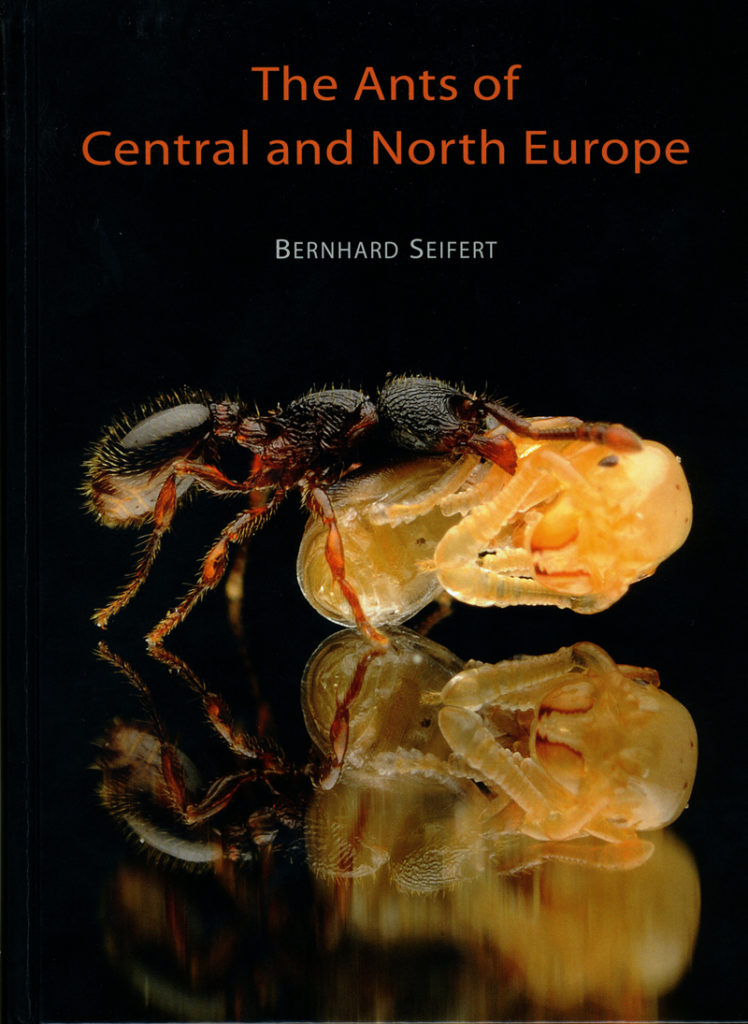
Seifert, B. 2018. The Ants of Central and North Europe. – lutra Verlags – und Vertriebsgesellschaft, Tauer, Germany, 408 pp; ISBN 9783936412079 (hardback; alkaline paper), EU € 64.00.
A Book review by Aaron M. Ellison
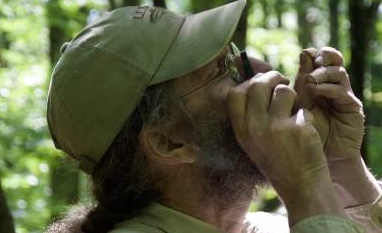
Natural historians, systematists, and taxonomists are wont to bemoan the ongoing and precipitous decline of natural history and field science from all levels of educational curricula worldwide (a useful entrée to the literature is Tewksbury & al. 2014, which was the focus of the lead editorial in Nature, Anonymous 2014). Yet, printed field guides continue to sell well, their associated apps are downloaded in the millions (Farnsworth & al. 2013), and citizen-scientists are engaged in collecting data on, for example, the distribution and abundance of common species (e.g., in BioBlitzes: an intense period of biological surveying in an attempt to record all the living species within a designated area]), status of population decline or recovery of rare or endangered ones, and changes in phenology in response to climate change (e.g., Willis & al. 2017). Although field guides of plants, birds, butterflies, and dragonflies are the best-sellers, and these groups are the most popular among citizen-scientists, ants are justifiably receiving their fair share of attention.
The last 15 years have seen the publication of a host of accessible taxonomic treatments and regional field guides of ants (Coovert 2005, Fisher & Cover 2007, Radchenko & Elmes 2010, Ellison & al. 2012, Kwon 2012, Deyrup 2017). Bernhard Seifert’s The Ants of Central and North Europe is the latest addition to this group (and is a substantial update of the 2007 German edition, Seifert 2007). Like many of the others, The Ants of Central and North Europe is lavishly illustrated with hundreds of photographs – many by the author and others by his colleagues or from AntWeb. There are also hundreds more line-drawings, including not only anatomical drawings accompanying the identification keys and schematics of ant morphology, but also Seifert’s first ink drawing of Lasius jensi, which he made in 1979, three years before he described the species itself. The Ants of Central and North Europe is an invaluable reference about ants in general and should find a home on the shelf of any myrmecologist, whether or not they are working in Central or Northern Europe.
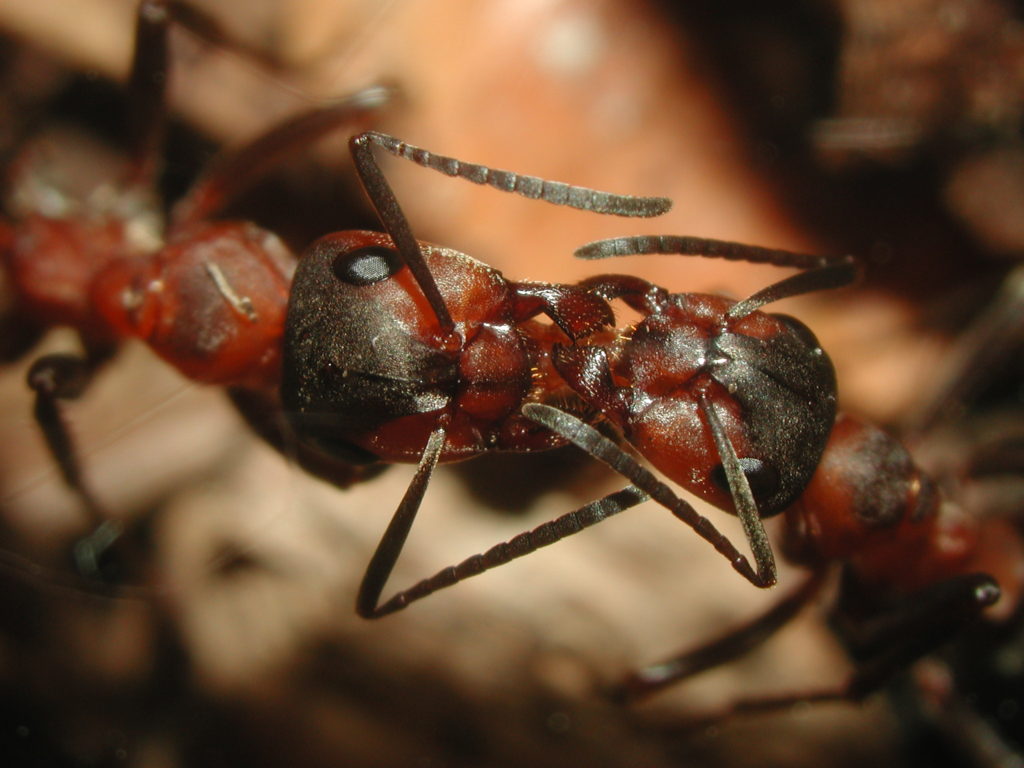
The Ants of Central and North Europe is divided into two main parts. The first, General Part, includes 12 fascinating and readable chapters on ant natural history ranging from basic caste structure, nests, and colony structure to the fascinating ecological dynamics of zoophages, trophobionts, myrmecochores, pollenivores, kleptobionts, and mutualists with lycaenid (“blue”) butterflies. There is also a pair of chapters on myrmecophiles (ant guests) and ant predators (including other ants, spiders, antlions, scuttle flies, and woodpeckers). The General Part was translated from the German by Elva Robinson (University of York), and presumably mirrors the same section in Seifert (2007). Reading these dozen well-written chapters should convince any reader that ants really are E.O. Wilson’s “little things that run the world.”
The second, Special Part, was written directly in English by Seifert himself, and is mostly new for this English edition. The first seven chapters of this part briefly discuss how to collect ants and then dive into the details of the distribution of ant species in “Central and North Europe.” Based on the map in the book [p. 62], this region includes some of the countries of the classic, Germanic concept of Mitteleuropa (Switzerland, Liechtenstein, Germany, Austria, Poland, the Czech Republic, Slovakia, Hungary, Estonia, Latvia, Lithuania); the Benelux countries (Belgium, the Netherlands, Luxembourg), Fennoscandia (Finland, Sweden, and Norway); a little tongue of Russia north of Poland and south of Lithuania; the part of France lying north of a straight ESE–WNW line running through Geneva, Tours, and Brest; and the South Tyrol region of northern Italy. It would have been helpful to know why Slovenia and Croatia were excluded while South Tyrol was included. The former are geographically part of Mitteleuropa, while the latter is considered part of Mitteleuropa only because of cultural affinities (as are parts of Serbia, Romania, the Ukraine, all of which, in contrast, were excluded). There are, of course, many ways to define both Central and Northern Europe (a quick search on Wikipedia reveals dozens); for ants, one would expect a definition based on climate or vegetation, but it is not clear that either biomes or European floristic regions map cleanly onto the reference area covered by The Ants of Central and North Europe.

The 180 species of ants known to have permanent populations out-of-doors in the reference area are tabulated in two ways: First, a presence/absence table is given for the entire reference area, with individual tabulations for Germany, Switzerland, South Tyrol, Austria, and “Nearest”; the latter is only indicated if a species was not found in the other four, and then the particular countries are identified using the currently-used vehicle nationality codes. Readers unfamiliar with those can, of course, look them up on Wikipedia, but they could also have been footnoted in the table or added to the map, especially as only 10 of the 17 possibilities are used. The second table is a presence/absence table for the federal states of Germany, plus additional data on German Red List status (eight categories other than secure); qualitative frequency (six levels, ranging from extinct [lacking any records since 1980] to everywhere sizeable populations in adequate habitats); and occurrence in 26 habitat types (many of which overlap). The latter is complemented by an additional table reporting mean values of nine environmental variables associated with ants sampled between 1979 and 2015 in 232 study plots in Central Europe. A challenge for the reader is that for all these tables, the metadata (i.e., meaning of abbreviated column names, units of numeric variables, and interpretation of character variables) are given in the main text itself, separated by one or more pages from the tables. This makes for more page-flipping than should be necessary.
The last three of the seven initial chapters in the Special Part discuss how one should define an ant “species”. Seifert begins with a terse description and an appropriate, if quixotic critique of DNA barcoding that quickly devolves into unnecessary ad hominem attacks on its users (e.g., “In fact, CBOL [the global Consortium for the Barcoding of Life] and its 50 national offshoots have acted as most effective money-aspirators, providing a temporary living for probably over a thousand scientists worldwide.” [p. 75]). Seifert is more accepting of nuclear DNA, and his species concept is proclaimed in boldfaced italics: “Species identities, accordingly, are best indicated by the totality of coding and regulatory nuclear genes and/or their expression products.” [p. 76].
But DNA sequencing is not required to use the subsequent identification keys, as Seifert (along with a scant “5.2% of the working 210 European postgraduate myrmecologists employed at universities or research institutes” [p. 77]) uses morphology-based alpha-taxonomy (“MOBAT”). Seifert (2009) did MOBAT one better with his numeric MOBAT (“NUMOBAT”; not to be confused with the termitivorous numbat of Western Australia), which he uses throughout The Ants of Central and North Europe. NUMOBAT is justified further by listing the many advantages of non-destructive morphological phenotyping and accompanied by additional needless attacks on the “imprudent” Nagoya Protocol on Access & Benefit-Sharing [p. 77] and the 30 members of the German National Academy of Sciences who “plead for degrading the taxonomic supremacy of primary type specimens.” [p. 78]). But Seifert does not clearly assert a direct correspondence between the morphological phenotype and regulatory nuclear genes or their expression products (and in any event, there are undoubtedly many gene × environment interactions between nuclear DNA and the phenotype), so his NUMOBAT system does not agree completely with his own species concept.
This set of chapters concludes with a strong defense of Linnean binomial nomenclature (with which this reviewer wholeheartedly agrees) that reprises Seifert & al.’s (2016) disapproval of the “paraphyly ban of cladistics with binomial nomenclature.” Although there is much to be commended in this section, it seems to be more of a platform to highlight disagreements between the (cladistic) “California school” of Phil Ward & al. (2015) and the (NUMOBAT) “German school” of Seifert & al. (2016) regarding the splitting or lumping of five genera within the Myrmicinae. And yet, while Seifert wants to preserve fine distinctions in the Myrmicinae, he inexplicably lumps the Proceratiinae within the Ponerinae. Regrettably, all of this discussion does not solve the fundamental problem for the 99% of myrmecologists (and others who work with ants) who would like to know what to call the ants we study but who have neither the time nor the expertise to interpret the intricacies of the International Code of Zoological Nomenclature or its myriad interpretations (and one can only recall with amusement the decades-long controversy enmeshing fin-de-siecle hymenopterists regarding whether Lasius could be applied to a genus of ants or one of bees).
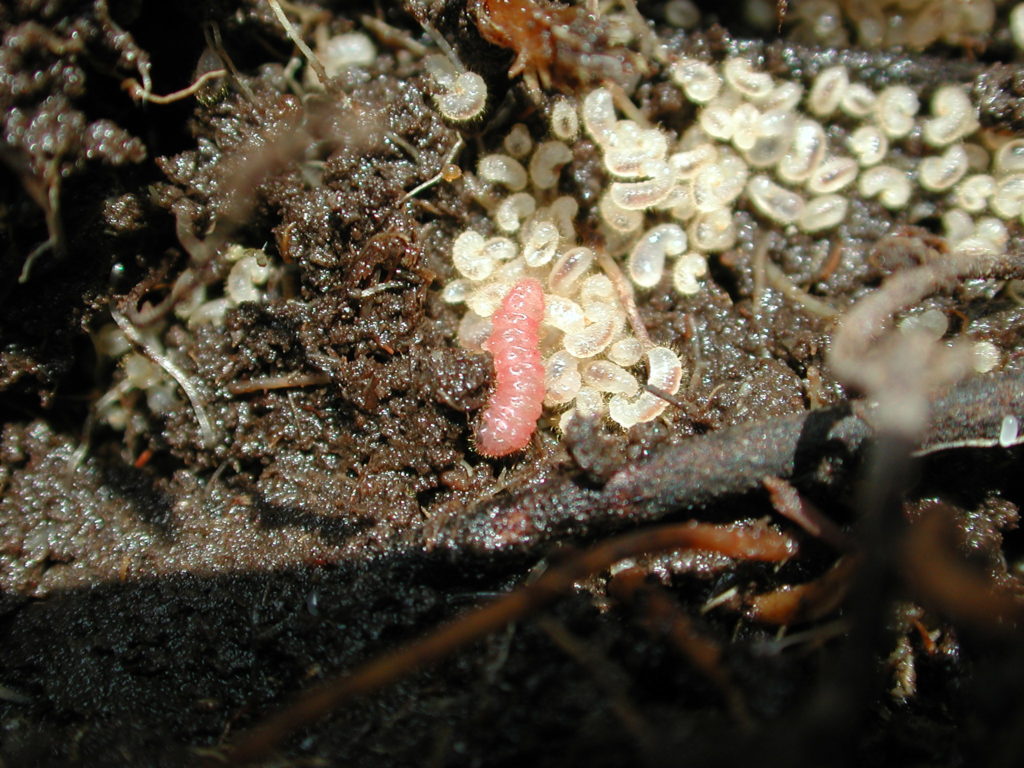
The remaining 75% of The Ants of Central and North Europe includes detailed keys to the workers and gynes (combined when that works, but separately when gynes are sufficiently distinctive to warrant their own keys) followed by descriptions of each of the 180 species. The keys are detailed, and every character used is illustrated with a line drawing. I especially appreciated the detailed illustrations of Myrmica antennal scapes and the remarkable drawing illustrating how to position and measure the connection of the scape to the head and the articulation between the scape and the first segment of the funiculus. It is also fortunate that Seifert was able to develop keys to Myrmica species that do not require males (cf. Radchenko & Elmes 2010). In general, each species occurs only once in a key, but there are exceptions (e.g., Formica bruni terminates two couplets, one that stems from “microsetae on eyes present” and the other that stems from “microsetae on eyes absent”). This recognition of intraspecific (or intracolony) variability is welcome, but it may be confusing to neo-myrmecologists.
The description of each species includes information on geographic range; habitat; abundance; nest construction; colony demography; population structure; sexuals, mating, and colony foundation and development; nutrition; behavior; key references; and expected means, standard deviations, and ranges for detailed morphometric variables. Photographs are included for all species, but they are more illustrative of various interesting natural history characteristics than they are diagnostic. The two-column format with narrow margins, sans-serif font, and scant break between descriptions of each species is, unfortunately, fatiguing to read and detracts from the incredibly detailed and valuable natural history that Seifert has amassed and communicates in The Ants of Central and North Europe.
The greatest challenge in writing a field guide or taxonomic treatment is deciding on the intended audience. Is it intended for broad audiences with the hope that some readers will be sufficiently enthralled to become specialists? Or is it intended for specialists who are already hooked? From reading the Introduction and General Part of The Ants of Central and North Europe, I expected the former. But the Special Part, including the keys and the descriptions of species, suggests that Seifert intended the latter. The Ants of Central and North Europe is an encyclopedic reference about 180 ant species in a geographically defined region. There is only one way to identify a species (a traditional dichotomous key) using complex characters and acronyms enumerated in the last chapter of the book (and which Seifert helpfully suggests “copying this section and laying it aside on the desk when using the key.” [p. 79]). The emphasis on numerical traits and discriminant function scores requires high magnification, ocular micrometers, and a passable knowledge of multivariate statistics. For practicing myrmecologists, The Ants of Central and North Europe will be an essential reference. Only time will tell whether it will also serve to attract and appeal to the next generation of them.
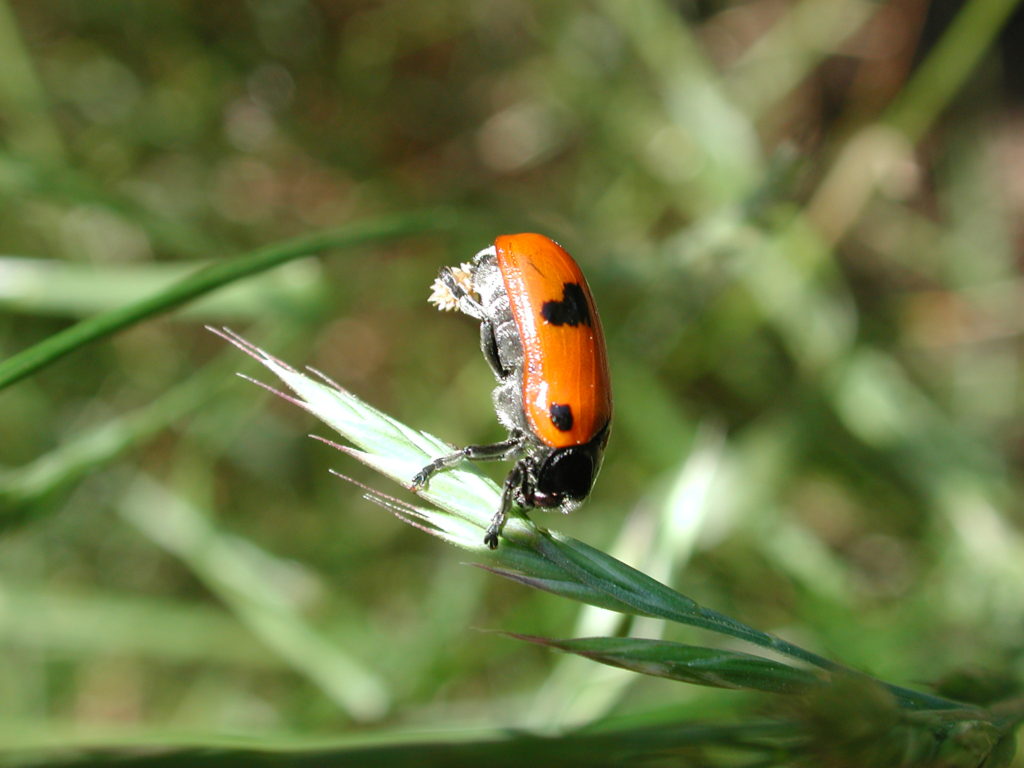
References
Anonymous 2014: Natural decline. – Nature 508: 708.
Coovert, G.A. 2005: The ants of Ohio (Hymenoptera: Formicidae). – Ohio Biological Survey, Inc., Columbus, Ohio, vi + 196 pp.
Deyrup, M. 2017: Ants of Florida: identification and natural history. – CRC Press, Boca Raton, Florida, xiii + 423 pp.
Ellison, A.M., Gotelli, N.J., Farnsworth, E.J. & Alpert, G.D. 2012: A field guide to the ants of New England. – Yale University Press, New Haven, Connecticut, xv + 398 pp.
Farnsworth, E.J., Chu, M., Kress, W.J., Neill, A.K., Best, J.H., Stevenson, R.D., Courtney, G.W. Vandyk, J.K. & Ellison A.M. 2013: Next-generation field guides. – BioScience 63: 891-899.
Fisher, B.L. & Cover, S.P. 2007: Ants of North America: a guide to the genera. – University of California Press, Berkeley, California, xiv + 194 pp.
Kwon, T.-S. 2012. Korean ant atlas [2006–2009] (in Korean): – Korea Forest Research Institute, Seoul, 162 pp.
Radchenko, A.G. & Elmes, G.W. 2010: Myrmica ants (Hymenoptera: Formicidae) of the Old World. – Optima dux Foundation, Warszawa, Poland, 789 pp.
Seifert, B. 2007: Die Ameisen Mittel- und Nordeuropas. – lutra Verlags – und Vertriebsgesellschaft, Boxberg, 368 pp.
Seifert, B. 2009: Cryptic species in ants (Hymenoptera: Formicidae) revisited: We need a change in the alpha-taxonomic approach. – Myrmecological News 12: 149-166.
Seifert, B., Buschinger, A., Aldawood, A., Antonova, V., Bharti, H., Borowiec, L., Dekoninck, W., Dubovikoff, D., Espadaler, X., Flegr, J., Georgiadis, C., Heinze, J., Neumeyer, R., Ødegaard, F., Oettler, J., Radchenko, A., Schultz, R., Sharaf, M., Trager, J., Vesnić, A., Wiezik, M. & Zettel, H. 2016: Banning paraphylies and executing Linnaean taxonomy is discordant and reduces the evolutionary and semantic information content of biological nomenclature. – Insectes Sociaux 63: 237-242.
Tewksbury, J.J., Anderson, J.G.T., Bakker, J.D., Billo, T.J., Dunwiddie, P.W., Groom, M.J., Hampton, S.E., Herman, S.G., Levely, D.J., Machnicki, N.J., Martínez del Rio, C., Power, M.E., Rowell, K., Solomon, A.K. Stacey, L., Trombulak, S.C. & Wheeler, T.A. 2014: Natural history’s place in science and society. – BioScience 64: 300-310.
Ward, P.S., Brady, S.G., Fisher, B.L. & Schultz, T.R. 2015: The evolution of myrmicine ants: phylogeny and biogeography of a hyperdiverse ant clade (Hymenoptera: Formicidae). – Systematic Entomology 40: 61-81.
Willis, C.G., Law, E. Williams, A.C., Franzone, B.F., Bernardos, R., Bruno, L., Hopkins, C., Schorn, C., Weber, E., Park, D.S. & Davis, C.C. 2017: CrowdCurio: an online crowdsourcing platform to facilitate climate change studies using herbarium specimens. – New Phytologist 215: 479-488.




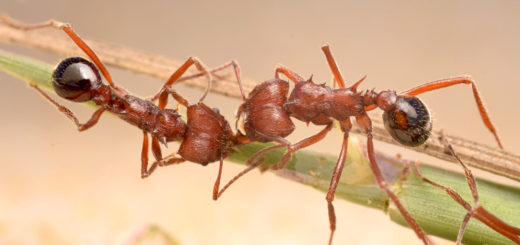
Just a comment so that myrmecologists in Great Britain and Ireland don’t think that their region is excluded from the book’s reference area. Both islands are indeed included in the reference area, as shown by the map on p62, and some significant records and issues from there receive mentions in the text, especially in the discussion around the Formica rufa/polyctena complex.
A very good book. Just the thing we were waiting for in Europe!